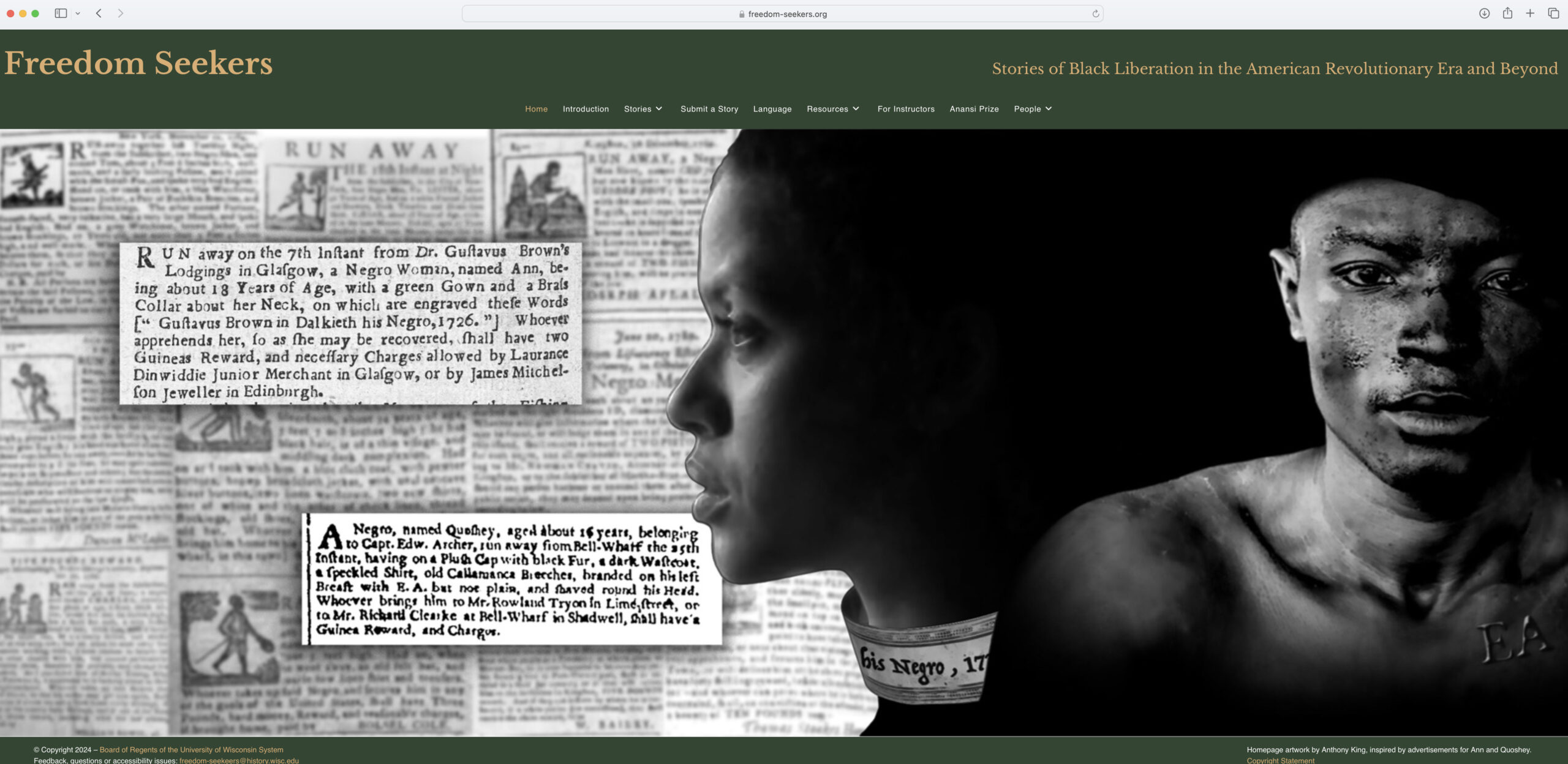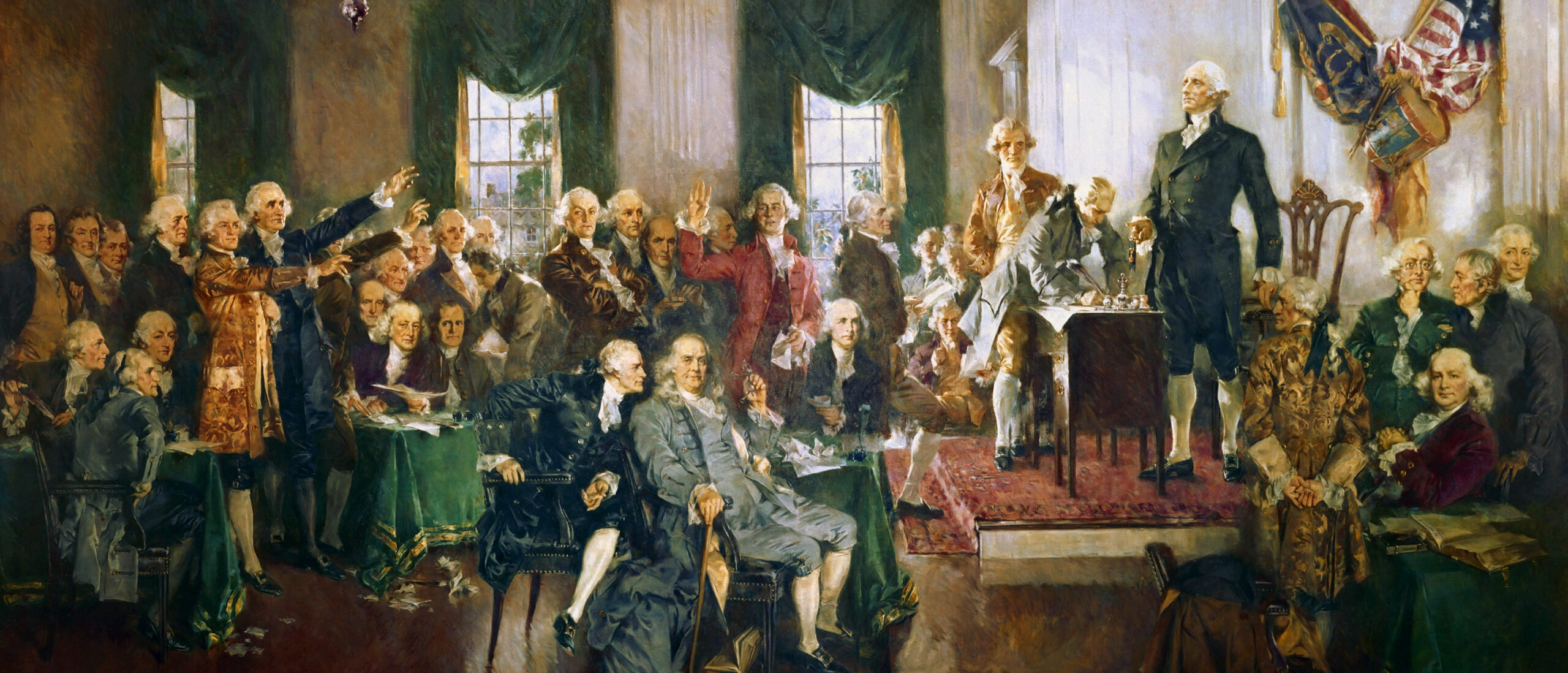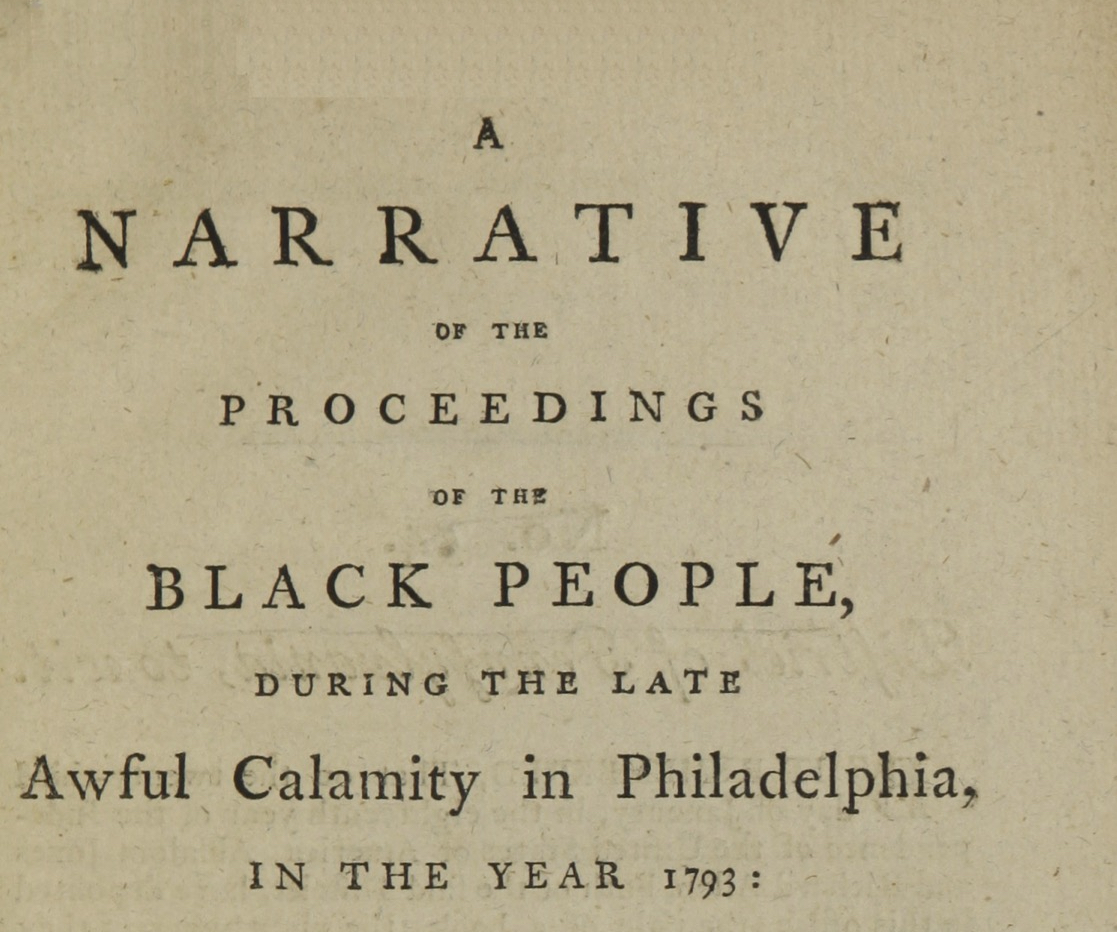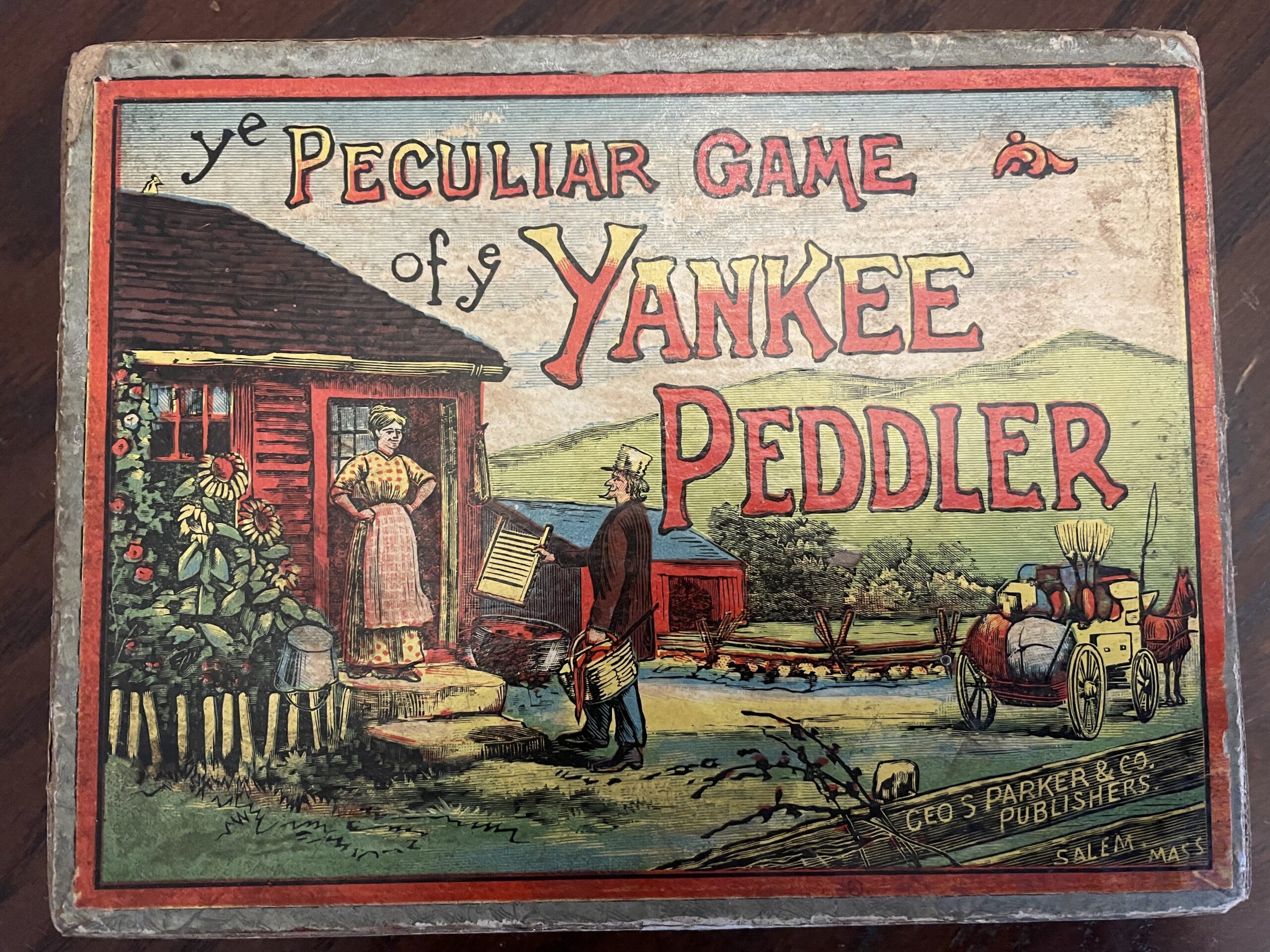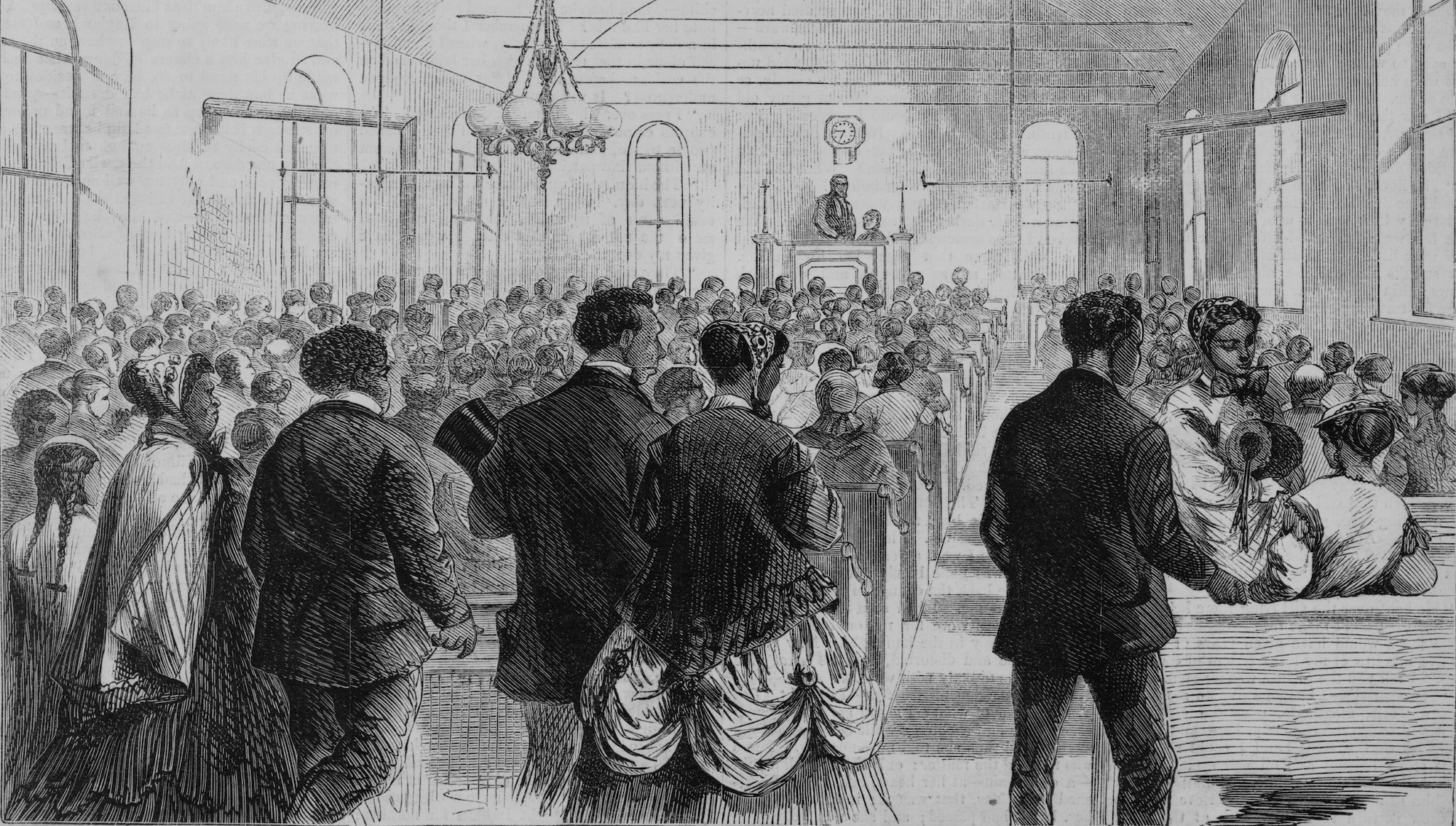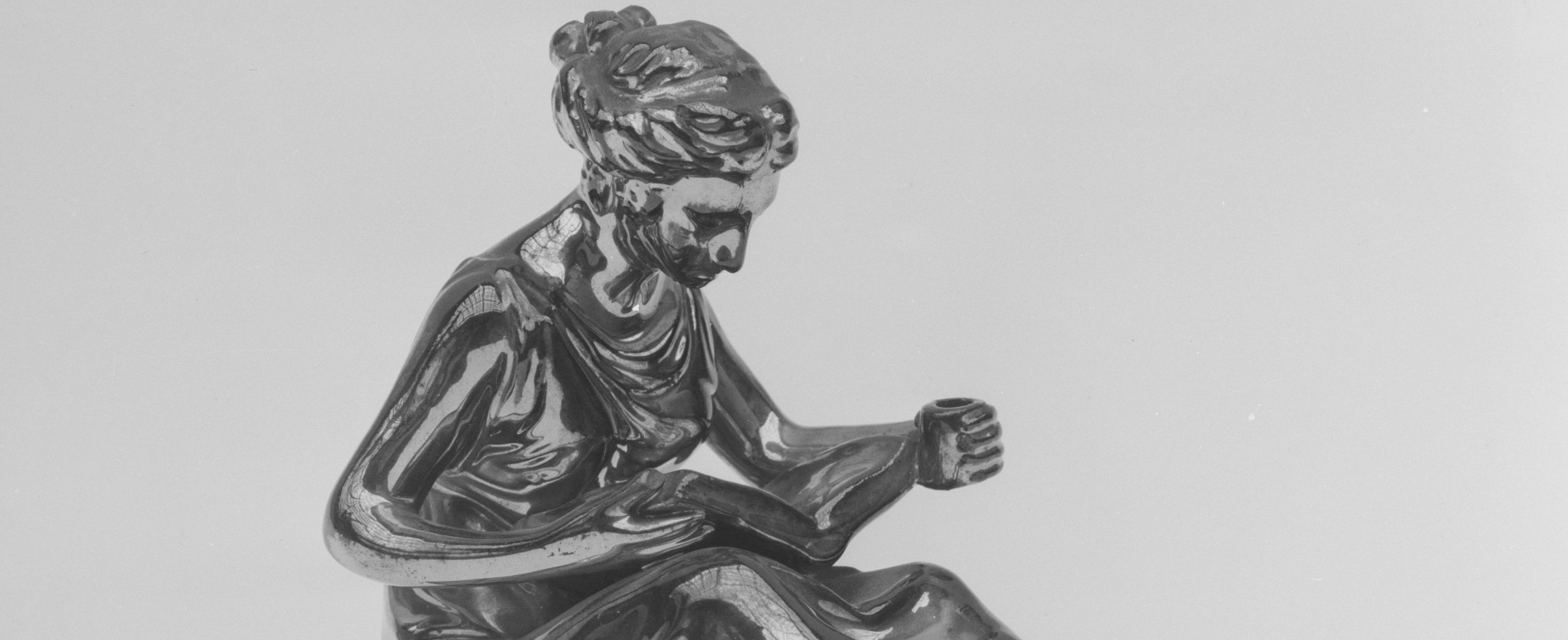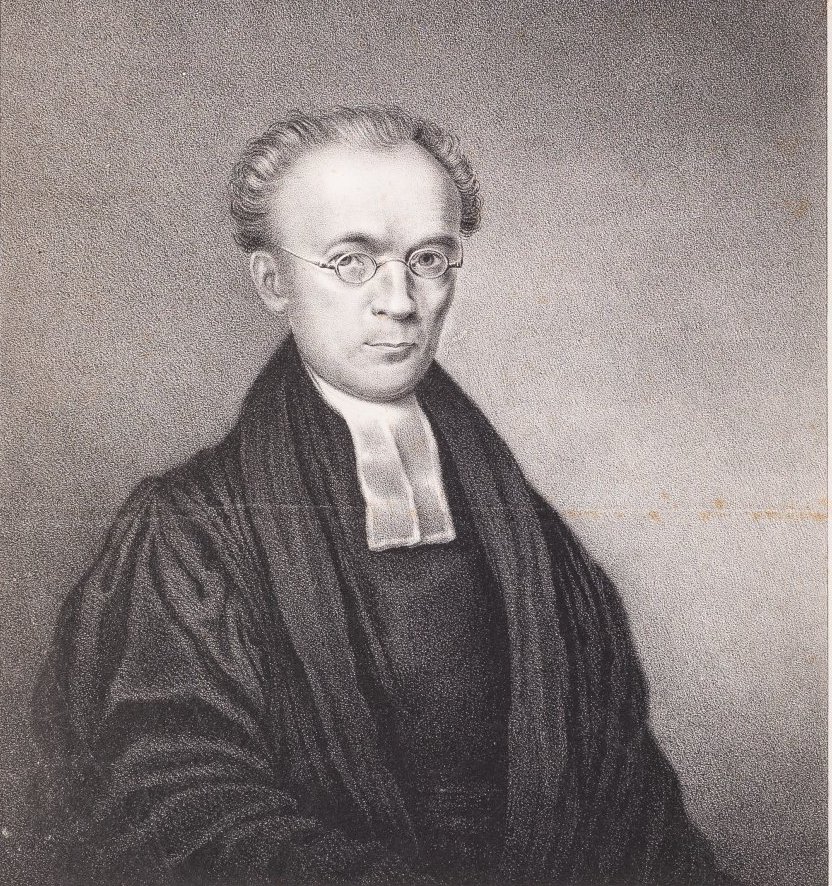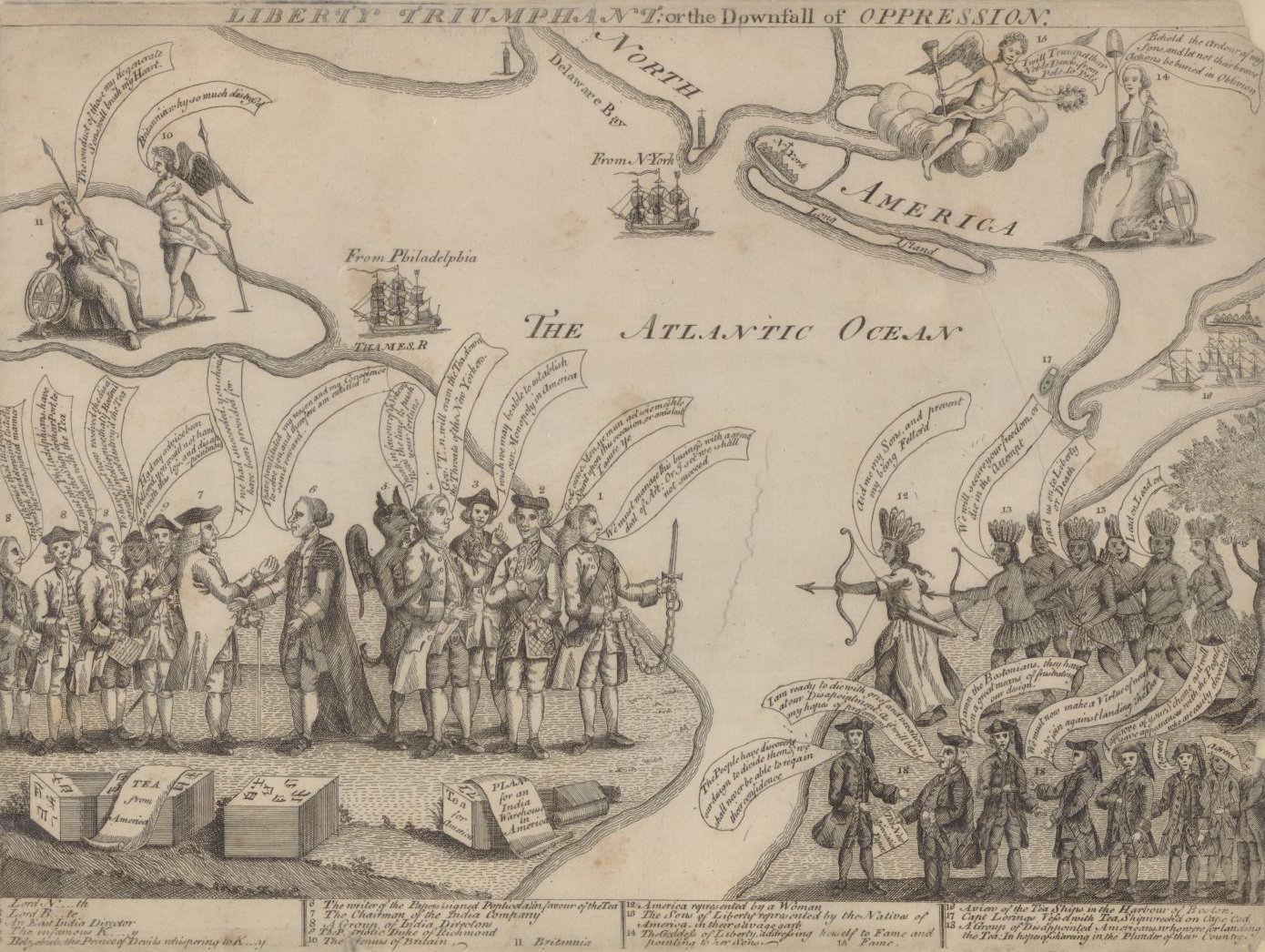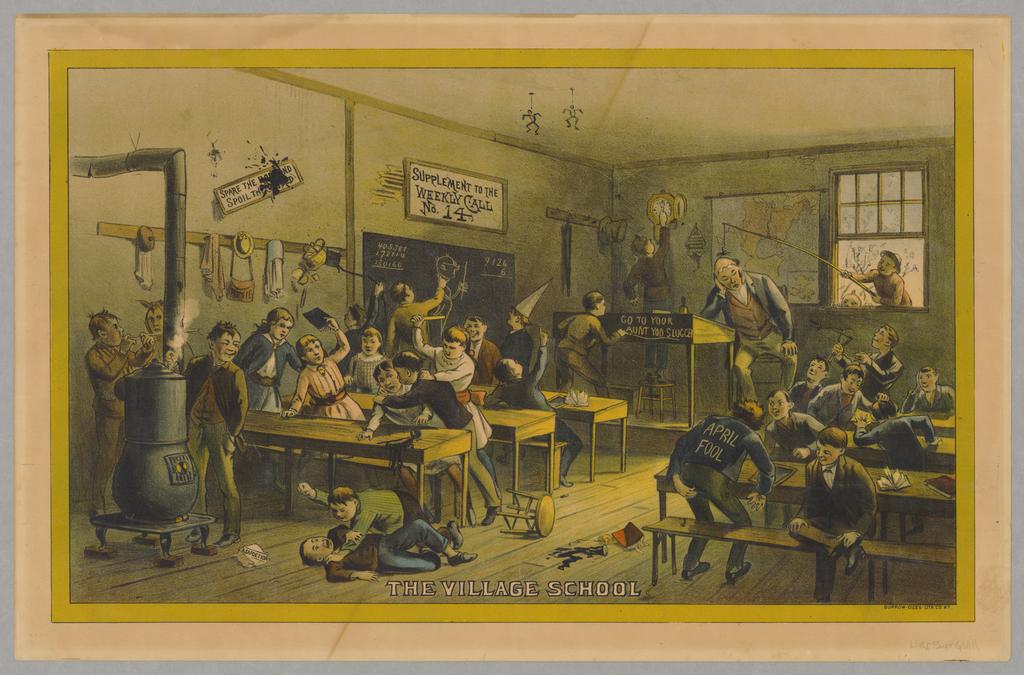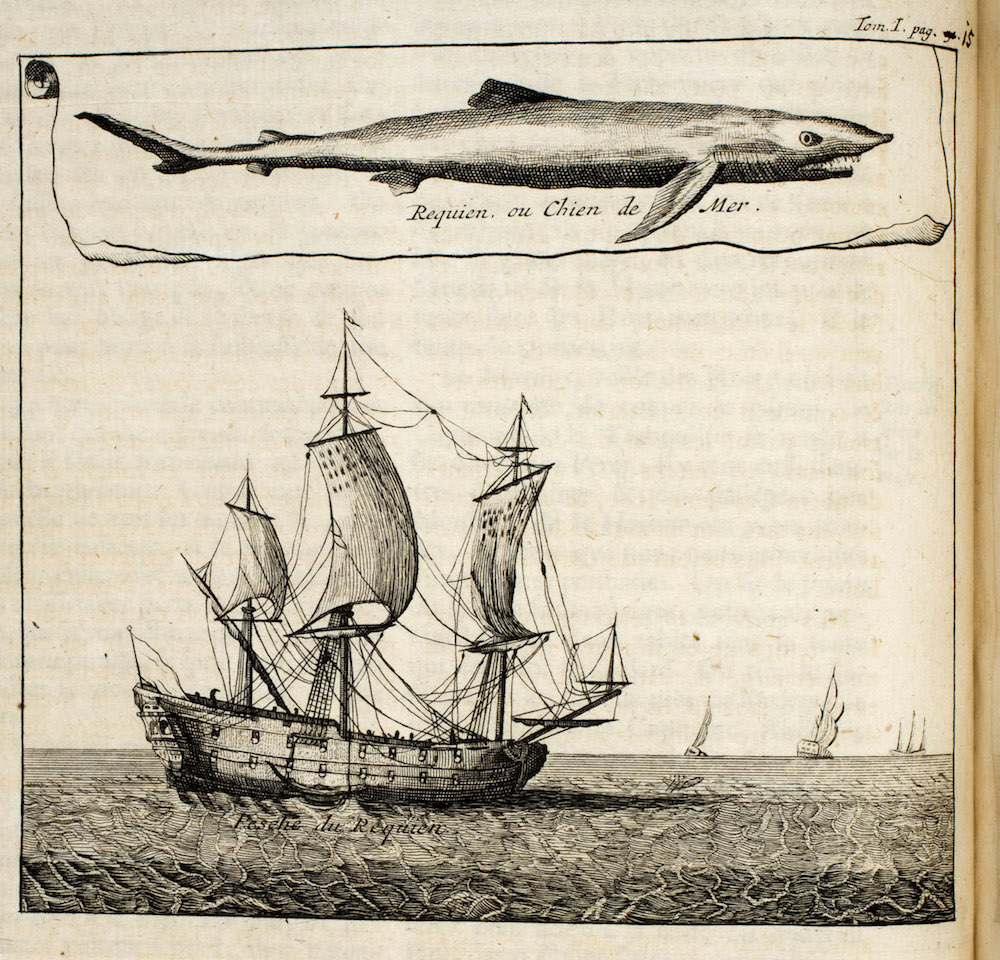
Early Americanists seeking to write effective Native American history have two cultural frontiers about which to worry. The first, and most obvious, is the one separating a twenty-first-century scholar (particularly one of non-Native descent) from the colonial-era people s/he writes about; the second is the one that divided Natives and non-Natives in early America and that continues to segregate our narratives about this period. Ignoring either does a disservice to both the people we write about and the broader project of understanding early American history. My book focuses on a particular Indian community and on its connections to its non-Native neighbors. I hoped to write a distinctly Native history that was also recognizably American. Or, to put it another way, I wanted to suggest a way to cross both frontiers.
The frontier separating modern-day Americans from the Native inhabitants of early America is a daunting one. Distance distorts; difference confuses. How do we write about people who are so distant from us in time and different in culture? Contemporary politics and the “ownership of history” aside, the answer implicit in my book is simple: take Native culture seriously. This is not, I hasten to add, just another call for treating Indian culture with respect. The need—both moral and intellectual—to do so is widely accepted; whatever the shortcomings of modern scholarship, reputable historians no longer write about Indians as primitive savages. Nor do I mean only to suggest that historians should acquire a broad understanding of the beliefs and practices of the people they study. Again, we know that such knowledge is necessary. By “take Native culture seriously,” I mean that we must treat the culture of the Native people under consideration as something with its own structure, logic, and power. Doing so means accepting some uncomfortable truths. The categories we in twenty-first-century America are conditioned to use may not make sense in eighteenth-century Native society; the values that we assume are natural may have seemed anything but to early America’s Native peoples. And, most disconcertingly, the Natives’ categories and values—their culture’s structure and logic—had the power to shape Native life into forms that we do not expect. Our histories must reflect all of this. Taking Native culture seriously requires that we abandon the attempt to put Native wine into European bottles. Whatever else my book may accomplish, it demonstrates that coming to terms with a Native culture’s structure, acknowledging the logic that such a structure imparted to a group of people, and tracing the impact this logic had on their beliefs and behaviors allows us to write a new sort of Native history.
My book focuses on the Creeks and is built around the central structural tenet of eighteenth-century Creek social life: the world was made up of communities. Creek country contained somewhere between fifty and sixty communities. Whether the Creeks who lived in them were Upper or Lower Creeks, deer or wind clan, they were first and foremost townspeople from Tuckabatchee or Coweta, Cusseta or Okchai. Moreover, Creeks assumed that their neighbors organized the world in similar ways. So, logically enough, they dealt with Chota or Tellico (not with the Cherokees) and with Charleston or Savannah (not with the British). Did the Creeks recognize that larger-scale sociopolitical units existed? Of course, but they knew that towns were the basis of larger polities, not vice versa. This was the world in which they moved; this was the structure and logic that guided their actions. Their history began with the community.
My book does the same. It is not a history of the Creeks. It is, instead, a history of eighteenth-century Okfuskee, one of the most important Creek towns located in what is now eastern Alabama. The book begins with the Okfuskees’ actions outside of town and, in particular, with their evolving relationship with Charleston. Tracing this cross-cultural dialogue allows us access to the Okfuskees’ geopolitical worldview—their understandings of the options available in a particular present, their stories about the past, and their visions of the future. I then turn to a consideration of how the Okfuskees’ shifting worldview affected their hunting patterns and their relations with Euro-Americans who lived in the backcountry. With these sections in place, I have the framework necessary to discuss life within Okfuskee. I devote separate chapters to the townspeople’s efforts to find a balance between traditional agricultural practices and the imperatives of a new herding economy, to their relations with British traders and their engagement with transatlantic markets, and finally to the Okfuskees’ most personal relationships—those between young and old, male and female. The end result is a unique discussion of both colonialism’s impact on an Indian community and that community’s place in national and international relations. Even more than that, though, I hope the final product is a distinctly Native history, a history that shows that crossing the cultural frontier separating modern-day Euro-Americans from colonial-era Natives Americans is both possible and revealing.
And what of that other cultural frontier? What of the frontier that set eighteenth-century Natives apart from their Euro-American contemporaries and that continues to divide our histories of early America? Perhaps the best way to think about this particular frontier is to see it as real and important but also as artificial and limited. Its reality divided early America into cultural zones whose importance is attested to by the discomfort people felt when moving from one zone to another. And yet that very movement of people—to say nothing of the goods and ideas that accompanied them—suggests that tracing frontiers is an artificial exercise, that the ability of individuals and groups to remain both socially isolated and culturally distinct was profoundly limited. Our task, then, is to strike the right balance. Early Americans crossed frontiers repeatedly—many did so on a daily basis—but they did not lose track of the frontiers’ existence. As we seek to understand their world, we should follow their lead. Of course, that is easier said than done.
My effort to cross this particular frontier involved tracing out “peculiar connections,” a term I borrowed from a Georgia governor who wrote that the Creeks “are peculiarly connected with this Province.” The phrase reminds us that frontiers could be crossed, that connections could be formed between Natives and colonists. So, in Okfuskee, I trace out the Okfuskees’ experiences with developmental processes that crossed cultural frontiers. Thus, for example, Okfuskees who traded freely with Euro-Americans incurred intangible costs that would have been familiar to those same Euro-Americans: living standards rose but so did dependence on imported goods; new avenues for personal expression such as exotic clothes and unfamiliar beverages became available, but with these came new ways for strangers to influence Okfuskees; and goods such as firearms and metal tools eased certain aspects of Okfuskee life but did so at the expense of older methods of sustenance and defense. If these are recognizably American processes, and I believe they are, then Okfuskee was in some sense a American town. But only to a point. Native Americans did not become colonists; they remained “peculiar.” Part of this peculiarity, of course, stemmed from real cultural differences and the effects such differences had on each people’s experience with, for example, trade. But, in trading relations as with other aspects of Okfuskee life, part of the peculiarity was manufactured, the fallout from (to quote the historian Michael Merrill) “the politics in political economies.”
For the Okfuskees found themselves facing an unlevel economic playing field, one characterized by restricted markets, a European belief that debts incurred by individual townspeople were the Creek nation’s responsibility, and a credit system predicated on a degree of social legitimacy that Indians were not permitted to attain. These were peculiarly Native problems, and they grew more onerous over time. Okfuskee argues, in fact, that Native peculiarity was to some extent produced during the colonial era; the book demonstrates how, in an Indian people’s relations with their Euro-American neighbors, peculiarity came to override connections, producing Native difference out of broadly American experience. The phrase “peculiar connections” thus allows us to cross a cultural frontier while also suggesting how that frontier became ever more impenetrable over time. In doing so, we move closer to writing histories that are—as I hope Okfuskee is—at once Native and American.
This article originally appeared in issue 5.3 (April, 2005).
Common-place asks Joshua Piker, assistant professor of history, University of Oklahoma, and author of Okfuskee: A Creek Indian Town in Colonial America (Cambridge, Mass., 2004), how can an early Americanist cross the cultural frontiers present when writing about Native Americans?




